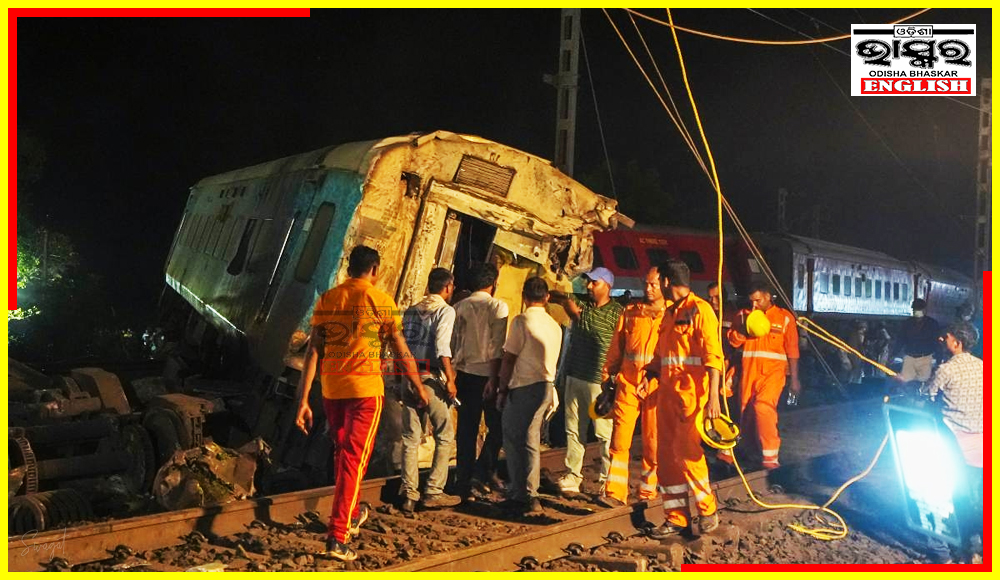Balasore: In Balasore, Odisha, a horrific triple-train collision took place, tragically claiming the lives of 288 individuals. Following the incident, concerns were raised by local residents near the railway station regarding a foul smell emanating from a damaged coach. There were apprehensions that unattended bodies might be present. However, railway officials conducted a search and determined that the smell was due to rotten eggs, not human remains. This clarification helped alleviate any lingering fears of unattended casualties.
The collision occurred when the Coromandel Express collided with a stationary goods train on June 2, resulting in severe derailment of its coaches. Several coaches toppled onto the Bengaluru-Howrah Express passing by at the same time. The catastrophic incident caused a significant loss of life, with 288 people losing their lives and over 1,200 sustaining injuries. Disturbing visuals from the accident spot revealed limbless bodies, bloodshed, and mangled steel, creating a harrowing scene.
Efforts have been made to identify and return the bodies to their families. While more than 200 bodies have been identified, around 80 remain unclaimed and unidentified at the Bhubaneswar AIIMS morgue, adding to the tragedy and grief of the incident.
Railway Minister Ashwini Vaishnaw described the incident as a “criminal act,” suggesting that changes were made to the interlocking system. Consequently, the Railway recommended a CBI probe into the accident. Initial inquiries had raised concerns about possible tampering with the electronic interlocking system, which detects train presence, leading officials to suspect deliberate sabotage.
The CBI has taken over the FIR registered by the GRP (Government Railway Police) Cuttack under various sections of the Indian Penal Code (IPC) and the Railways Act. The FIR highlights that many deaths were caused by injuries sustained during the collision and electrocution resulting from contact with an overhead low-tension line.




Comments are closed.